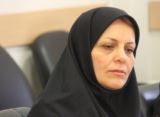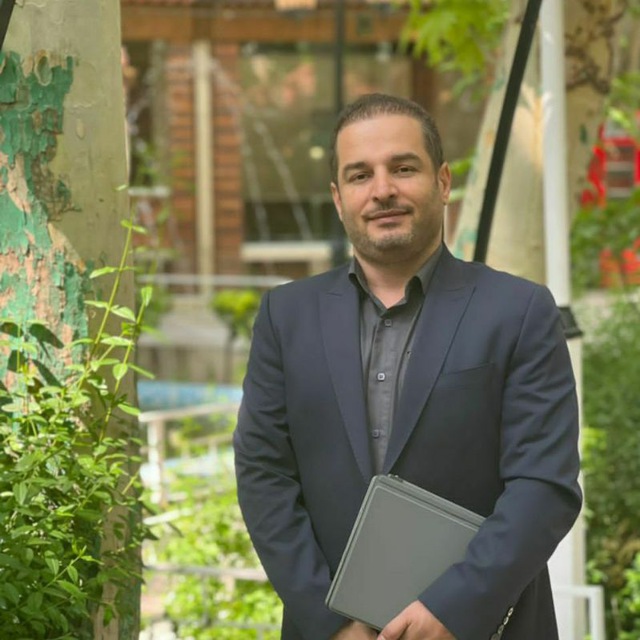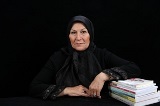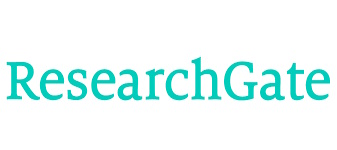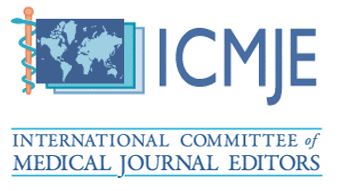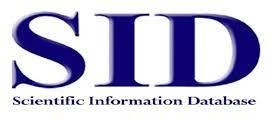The effectiveness of The Paradoxical Therapy Model on Behavioral Emotion Regulation, Perceived Rejection, and Cognitive State of Retirees
Keywords:
Paradoxical therapy model, behavioral emotion regulation, perceived rejection, cognitive state, retirees of Bank Melli TehranAbstract
The current research aimed to determine the effectiveness of the paradoxical therapy model on behavioral emotion regulation, perceived rejection, and cognitive status of retirees from Bank Melli in Tehran. The study employed a quasi-experimental method with experimental and control groups in a pretest-posttest design. The population consisted of all male and female retirees of Bank Melli Tehran in 2023, and based on a convenience sampling method, 30 individuals were selected and randomly assigned to the experimental (15 individuals) and control (15 individuals) groups. The data collection tools included the Kraaij and Garnefski Behavioral Emotion Regulation Questionnaire (2019), the Leary and McDonald Rejection Sensitivity Questionnaire (2010), and the Nejati Cognitive Skills Questionnaire (2013). The paradoxical therapy sessions comprised six 60-minute sessions held weekly. Data were analyzed using multivariate and univariate analysis of covariance with the SPSS software package. The results showed a significant difference in the linear combination of scores for behavioral emotion regulation, perceived rejection, and cognitive status of the retirees participating in this study based on the group (F = 7.669, sig = 0.0001). Furthermore, the eta-squared coefficients indicated that 78.2% of the variance in the dependent variables was accounted for by the grouping variables (experimental and control groups). Thus, the implementation of the paradoxical therapy approach has improved emotional regulation behavior and cognitive status, and reduced the scores for perceived rejection.
Downloads
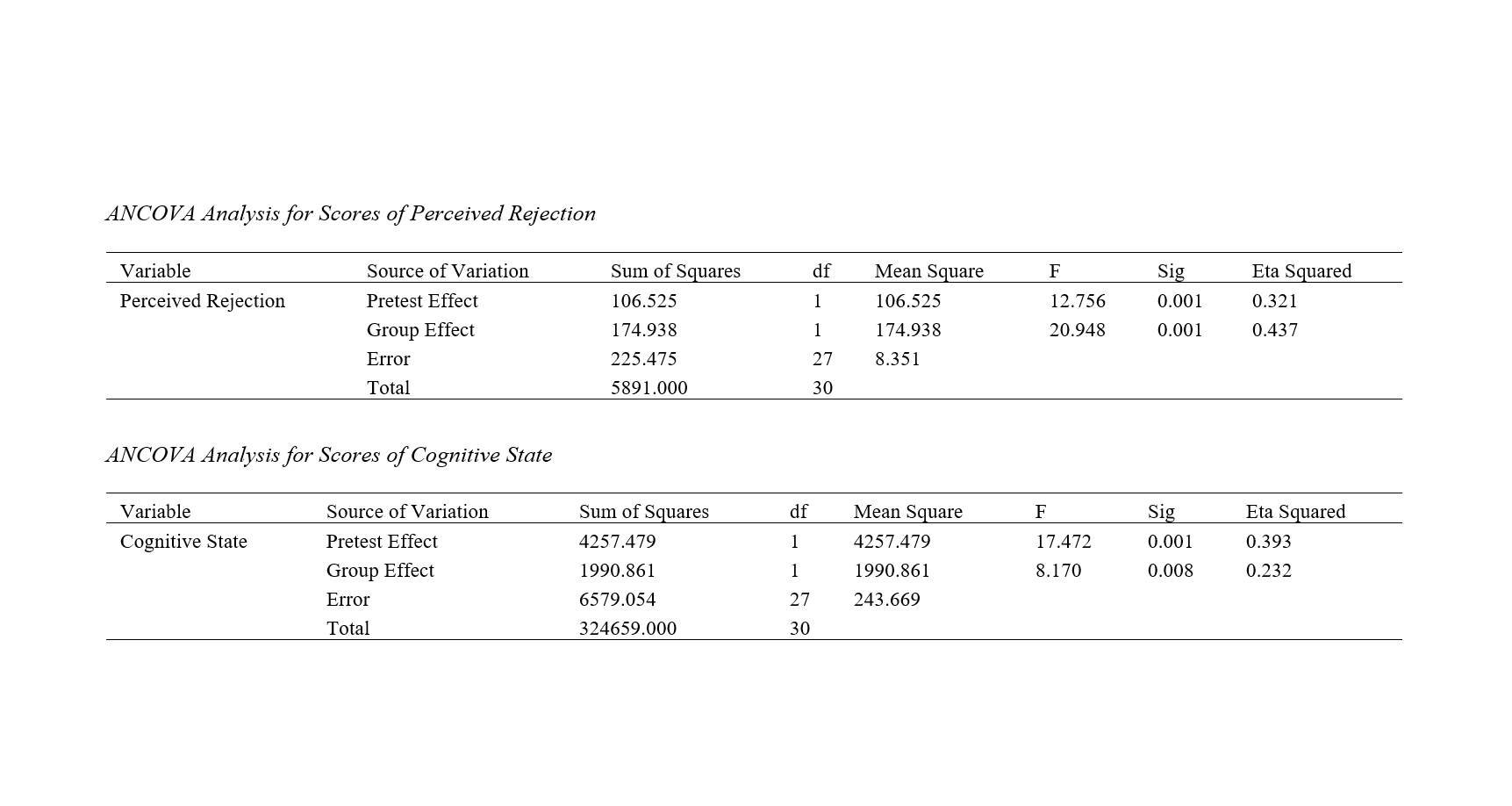
Downloads
Additional Files
Published
License
Copyright (c) 2024 Fatemeh Ebrahimpour Khartoomi (Author); Hossein Khedmatgozar (Corresponding Author)

This work is licensed under a Creative Commons Attribution-NonCommercial 4.0 International License.






